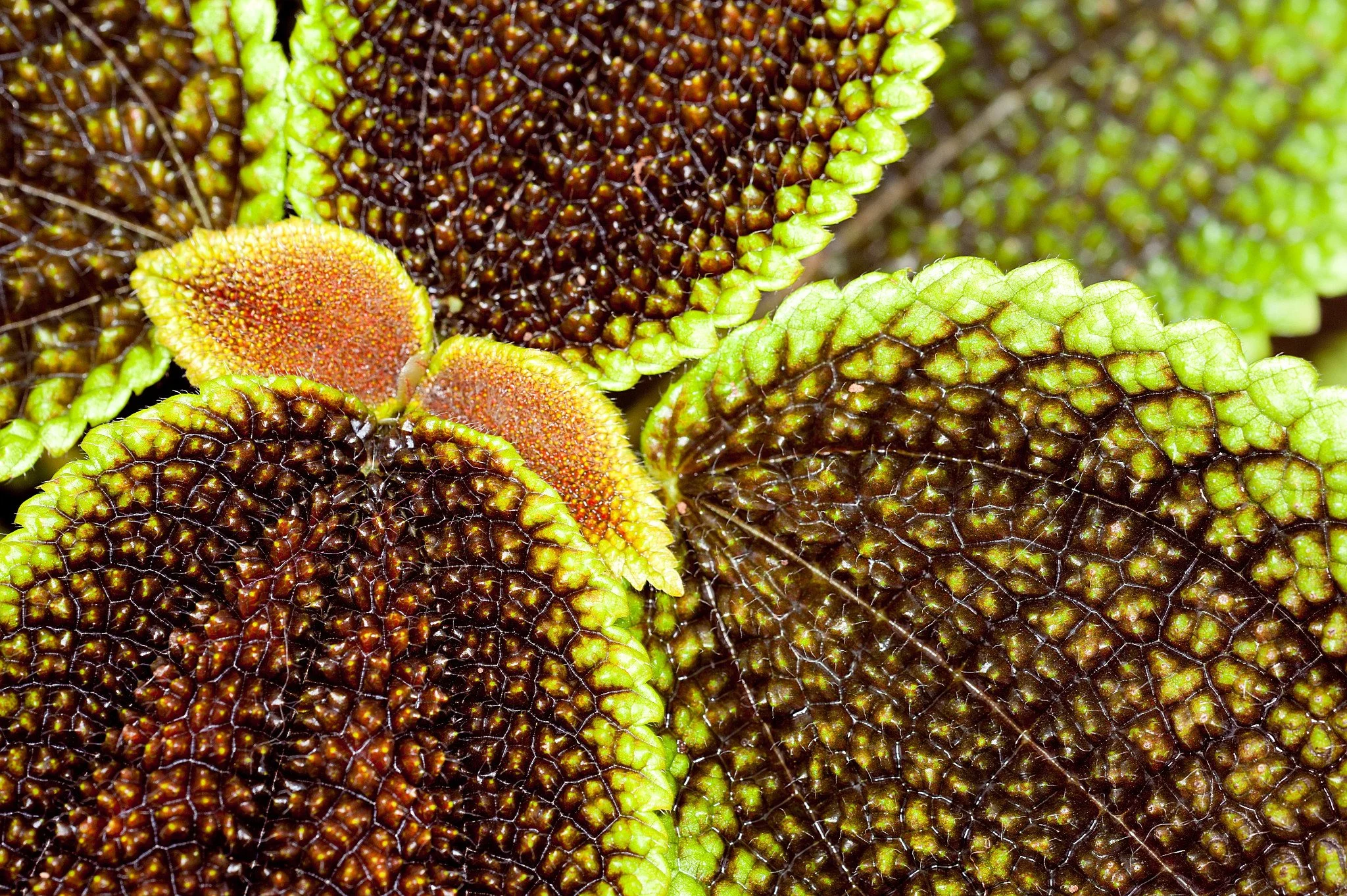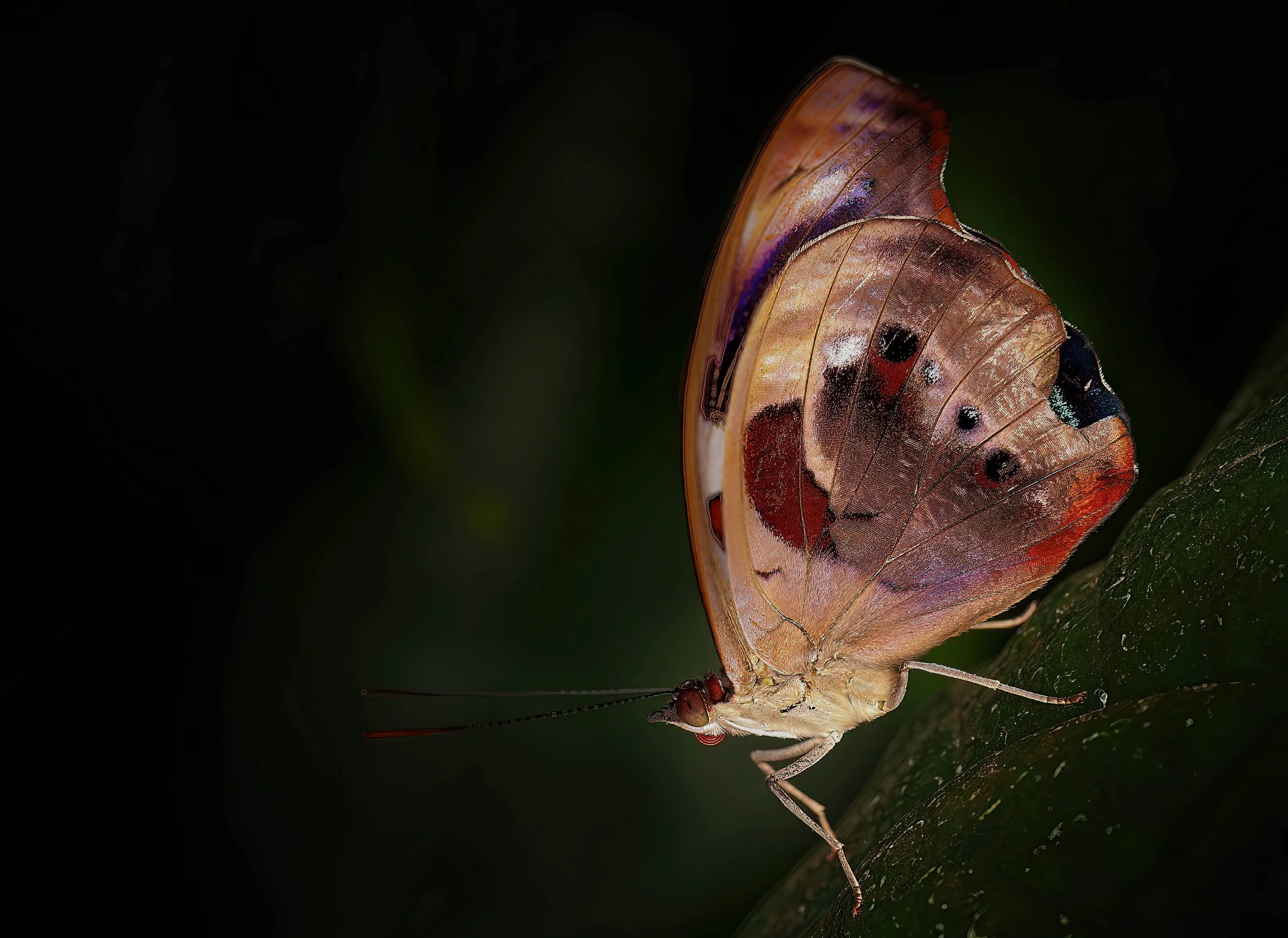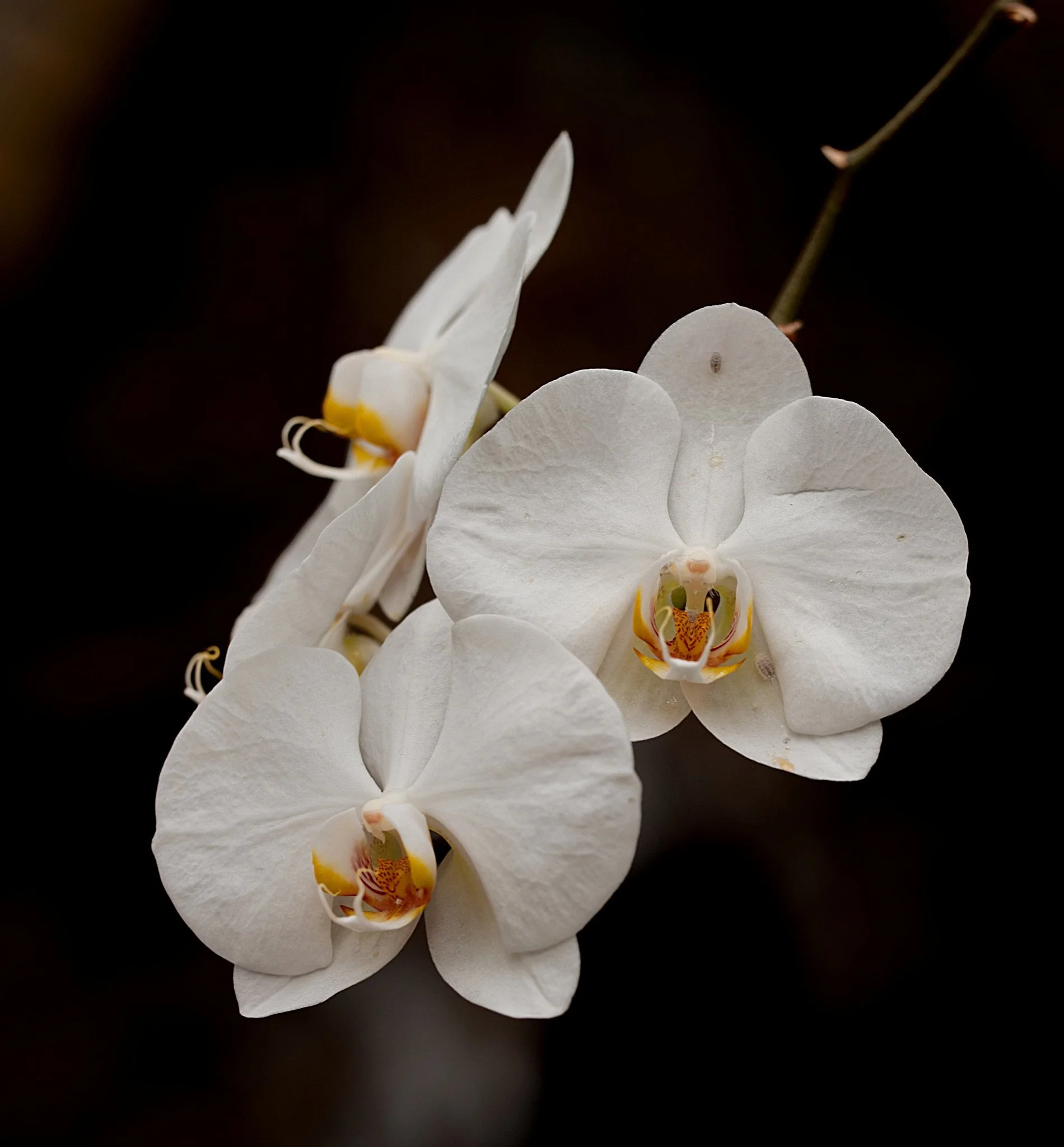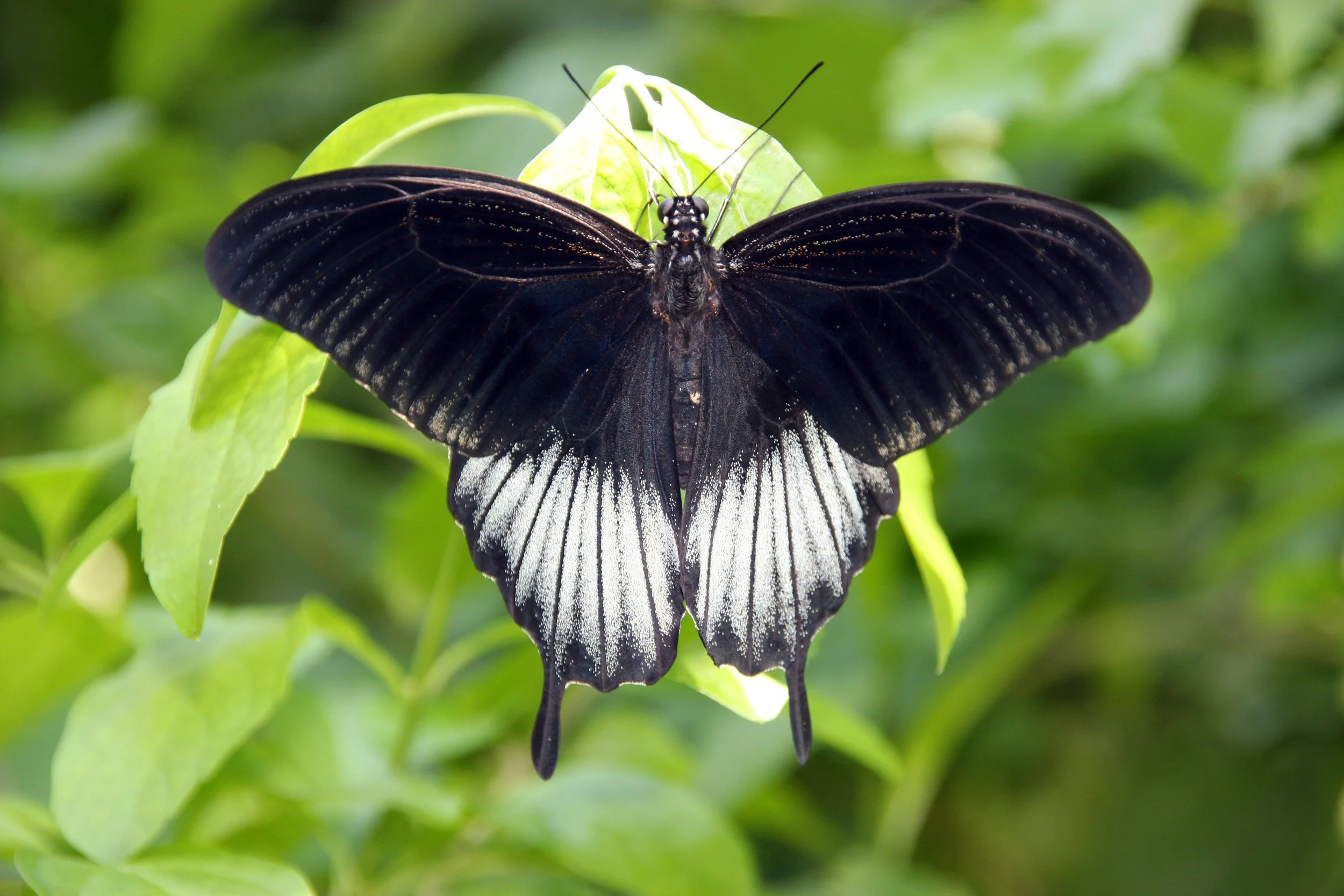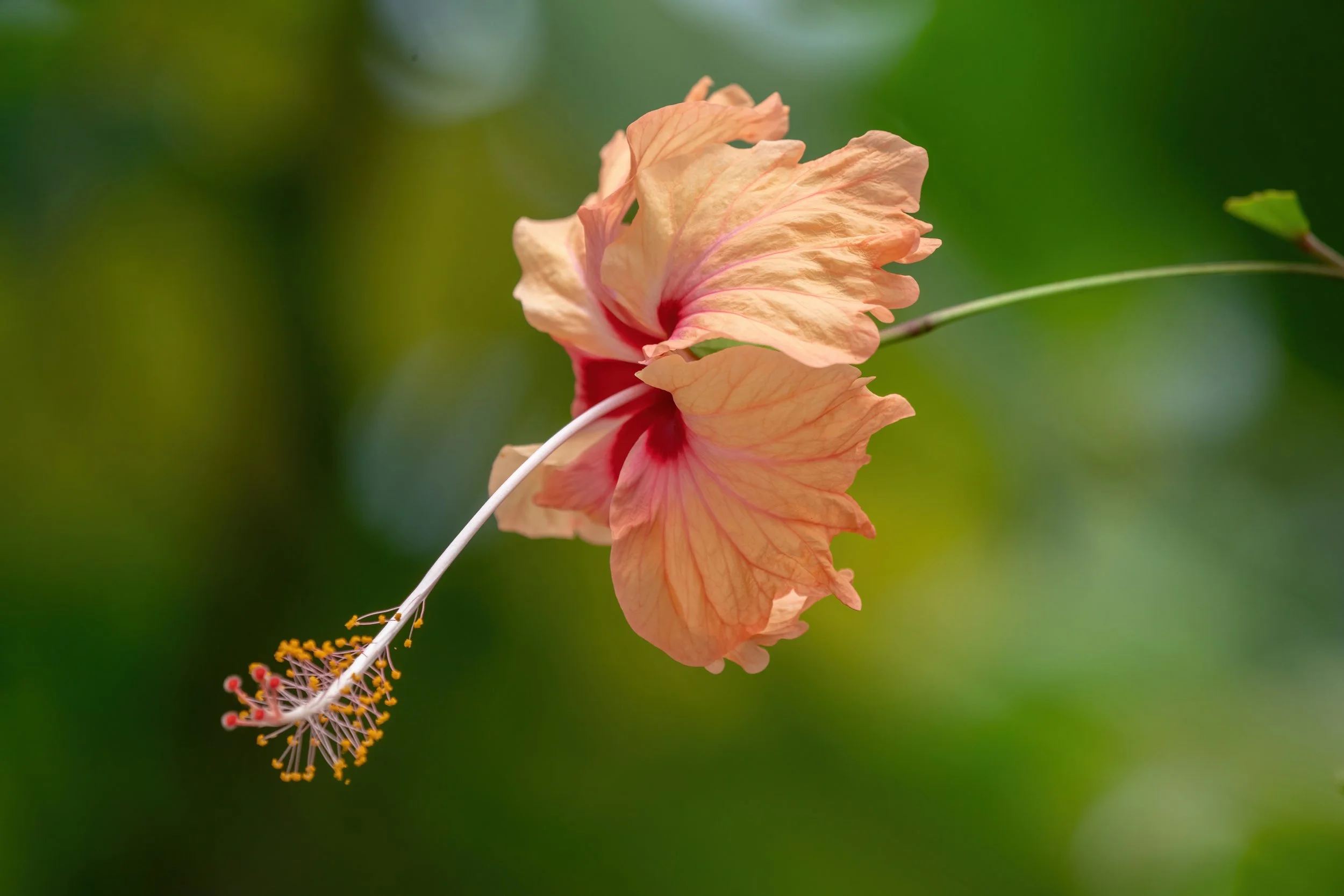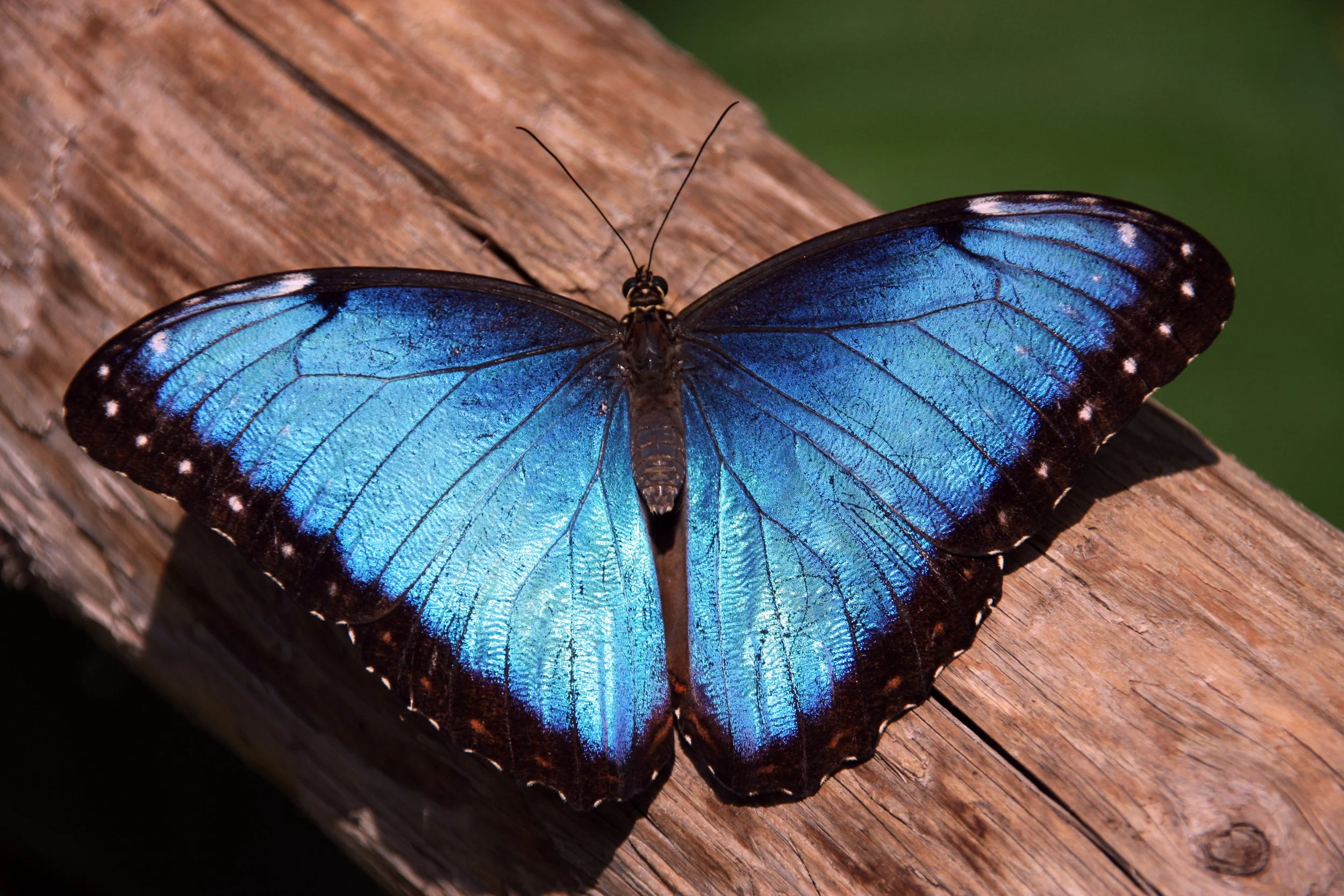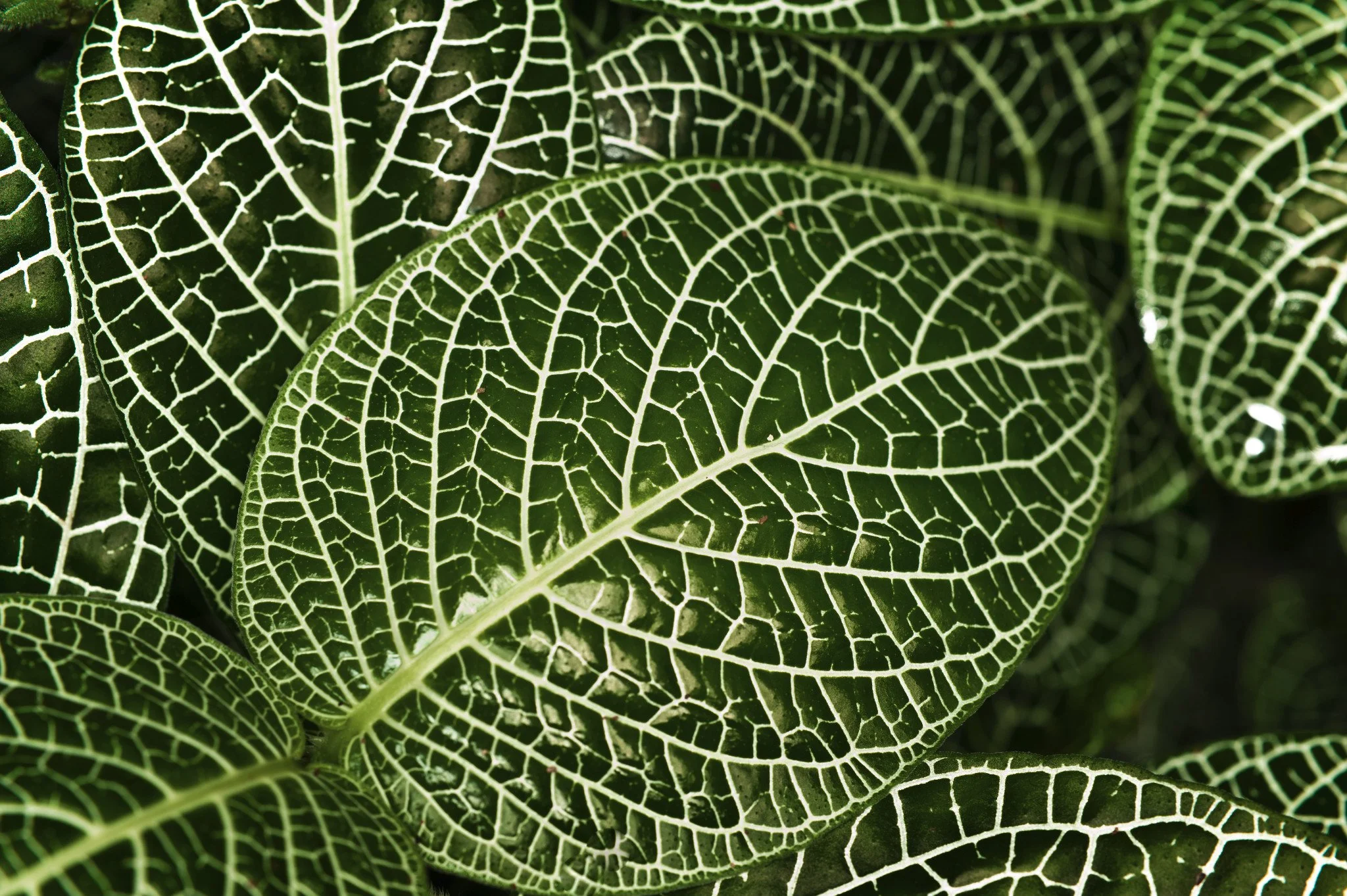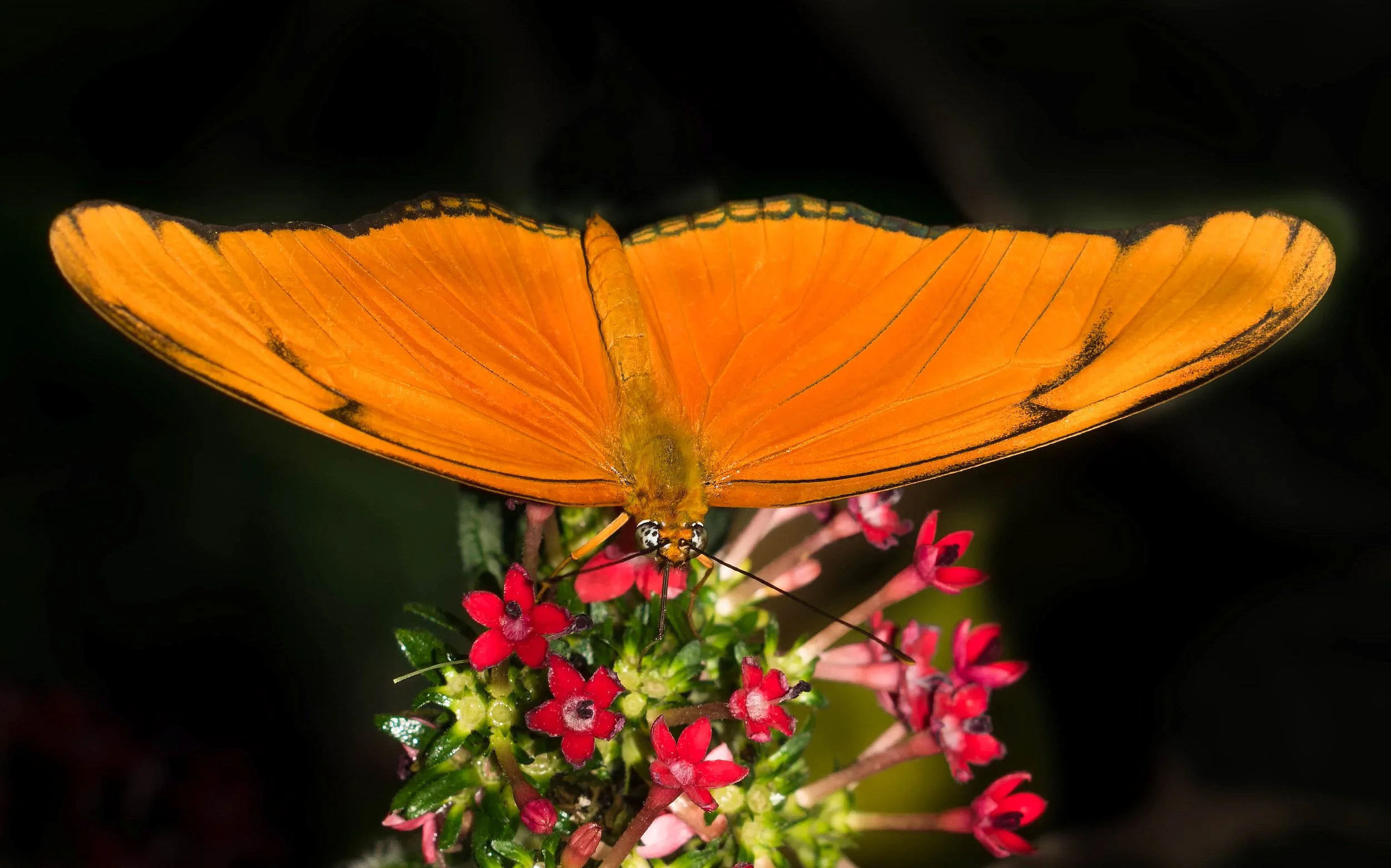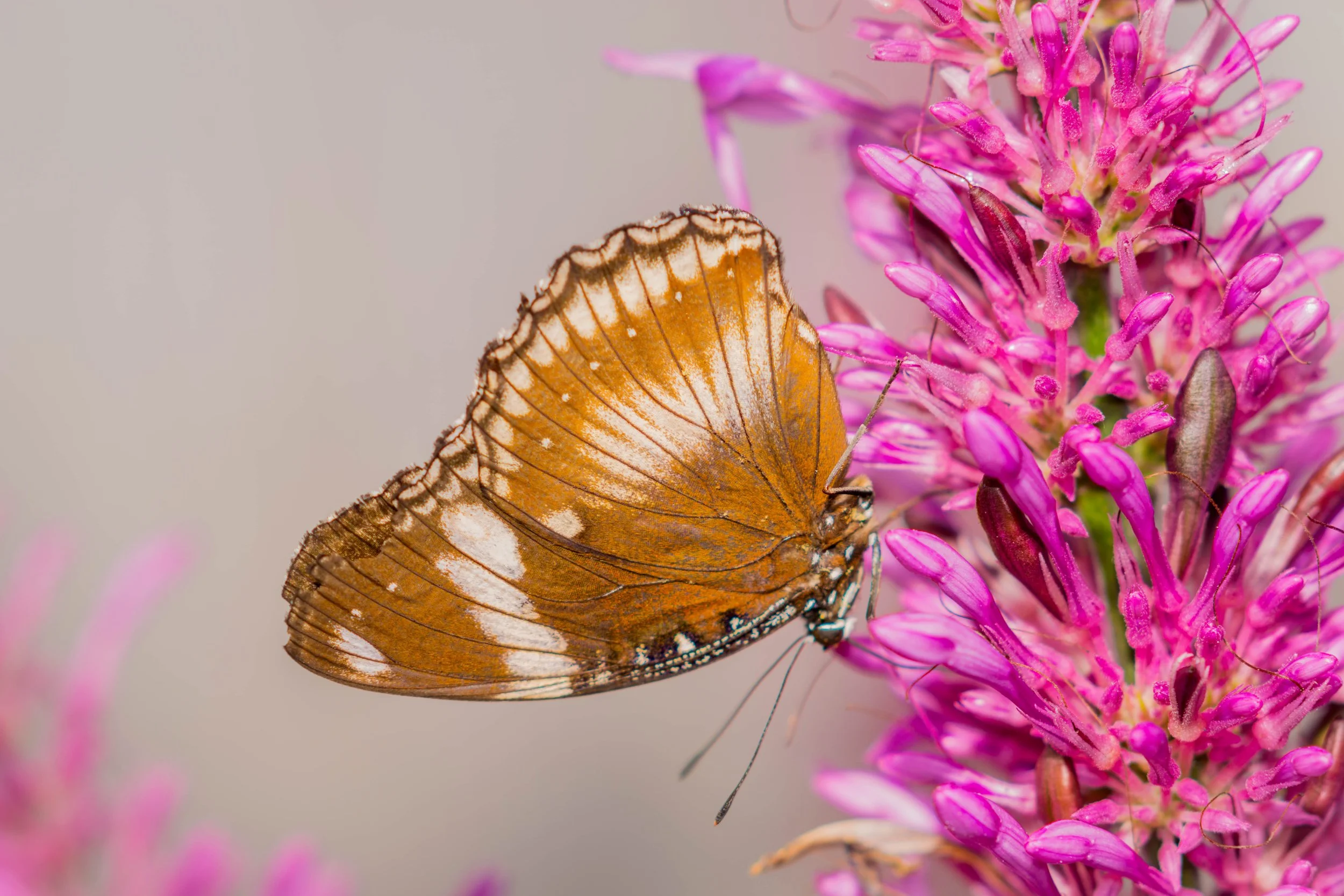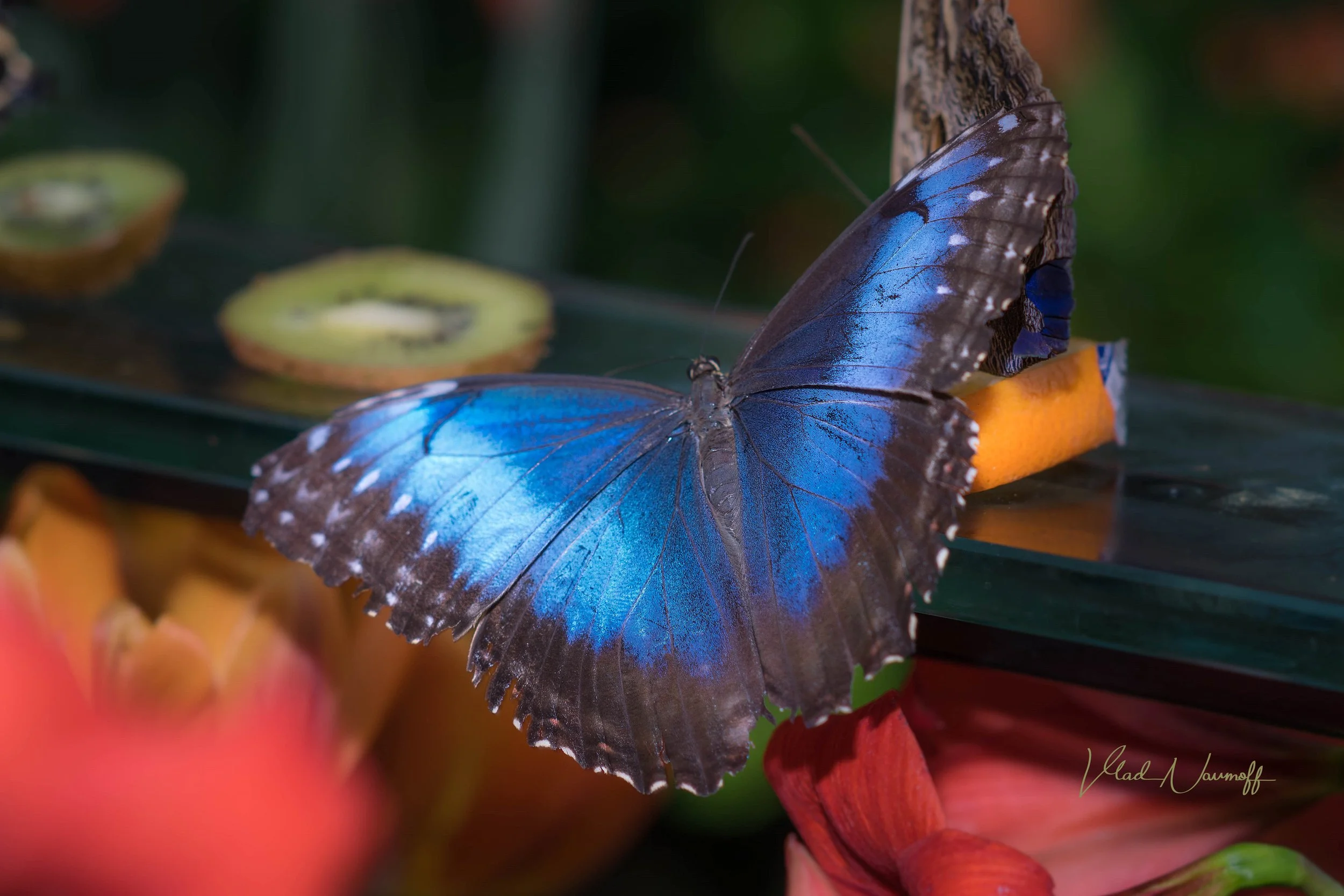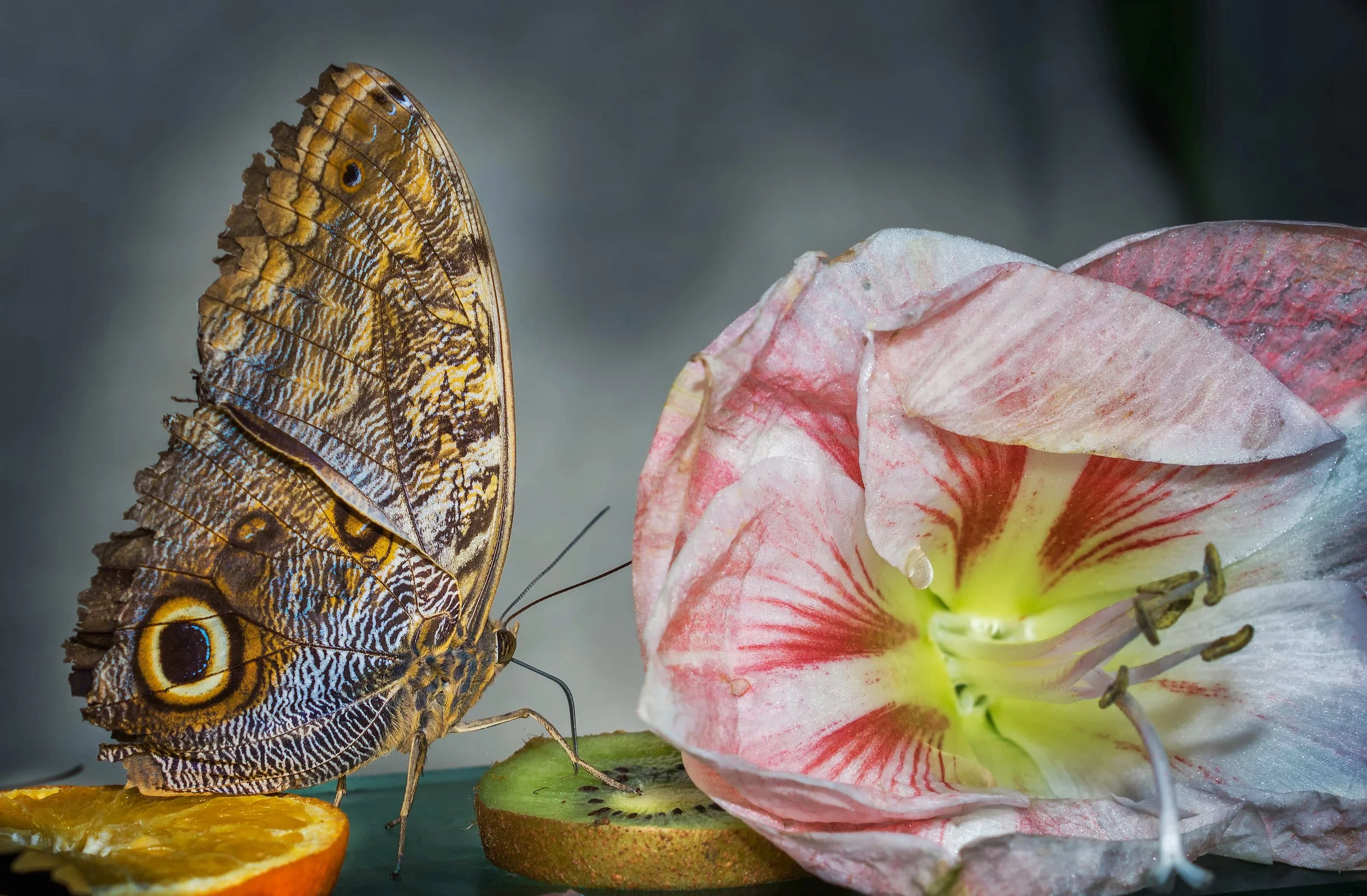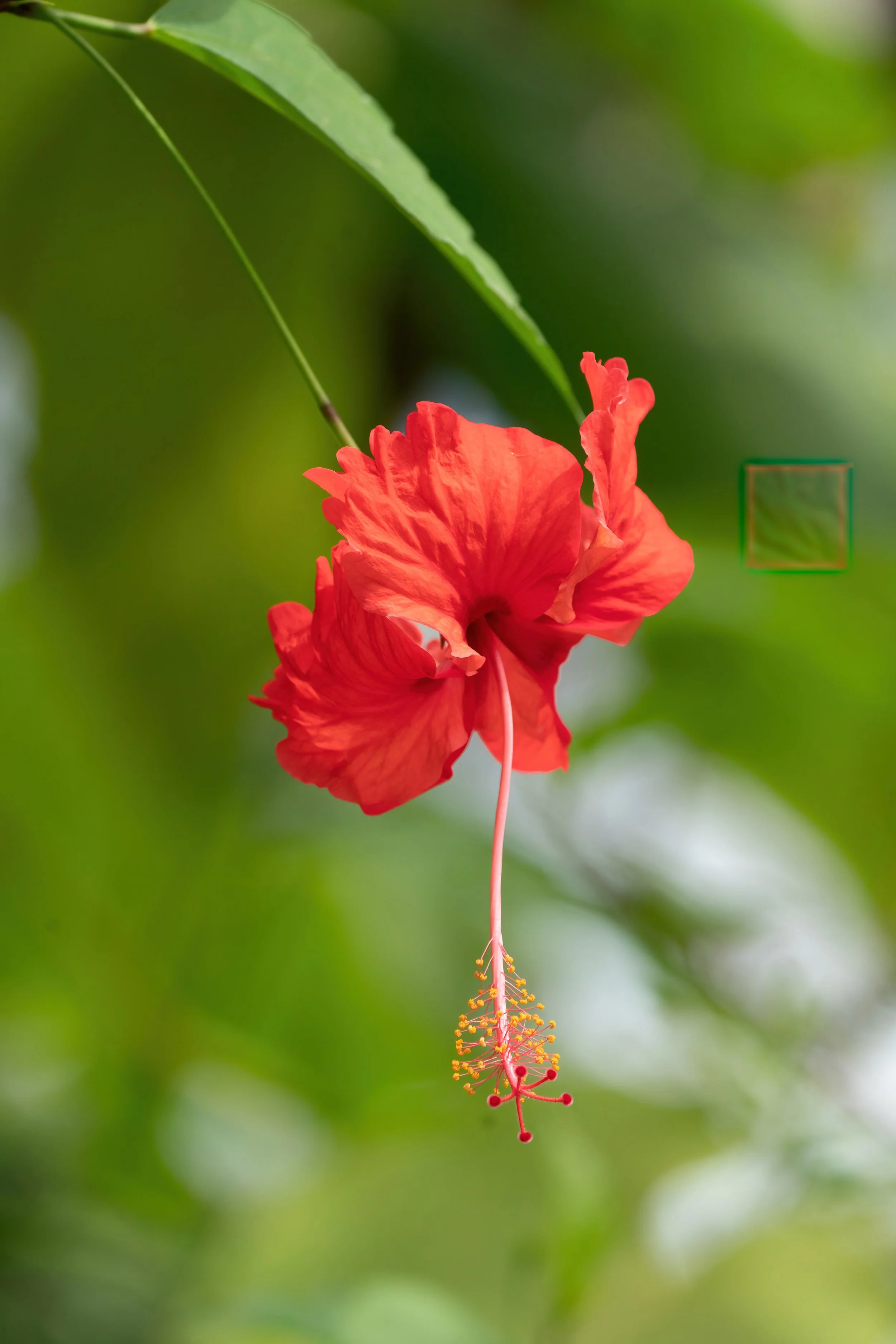Costa Rica, known for its stunning biodiversity, is home to many plants and trees. The country's tropical climate, diverse ecosystems, and extensive conservation efforts contribute to the rich flora found throughout its landscapes. Here are some critical aspects of the plant life in Costa Rica:
Rainforests: Costa Rica's rainforests are renowned for their exceptional biodiversity. These dense forests are characterized by towering trees, lush vegetation, and various plant species. Some common trees found in the rainforests include the towering ceiba (kapok), giant ferns, bromeliads, orchids, and epiphytes (plants that grow on other plants).
Cloud Forests: In higher altitudes, particularly in the Monteverde and Santa Elena Cloud Forest Reserves, cloud forests thrive. These unique ecosystems are characterized by a constant mist or fog, providing moisture to various mosses, ferns, and epiphytes. The resplendent quetzal, an iconic bird, can also be found in these forests.
Orchids: Costa Rica boasts an impressive diversity of orchids, with over 1,300 species recorded. These delicate and vibrant flowers can be found in various habitats, including rainforests, cloud forests, and coastal regions.
Medicinal Plants: Traditional medicine plays a significant role in Costa Rican culture, and the country is home to numerous medicinal plants. Examples include soursop (guanábana), moringa, ginger, turmeric, and the tropical hibiscus's vibrant red and yellow blossoms.
Mangroves: Along Costa Rica's coasts, mangrove forests thrive in the brackish waters where rivers meet the sea. These unique ecosystems provide critical habitat for various species, including mangrove trees like red, black, and white mangroves.
Palm Trees: Palm trees are ubiquitous in Costa Rica's landscapes, adding to the country's tropical charm. Species such as the coconut palm, royal palm, and manila palm can be seen swaying in the coastal regions and rainforest areas.
Trees of Economic Importance: Costa Rica's plant life also contributes to the country's economy. Bananas, pineapples, coffee, cocoa, and various tropical fruits like mangoes and papayas are cultivated in plantations throughout the country.
It's important to note that this is just a glimpse into the diverse plant life in Costa Rica. The country's commitment to conservation and protected areas has helped preserve its natural heritage, making it a popular destination for ecotourism and scientific research.
